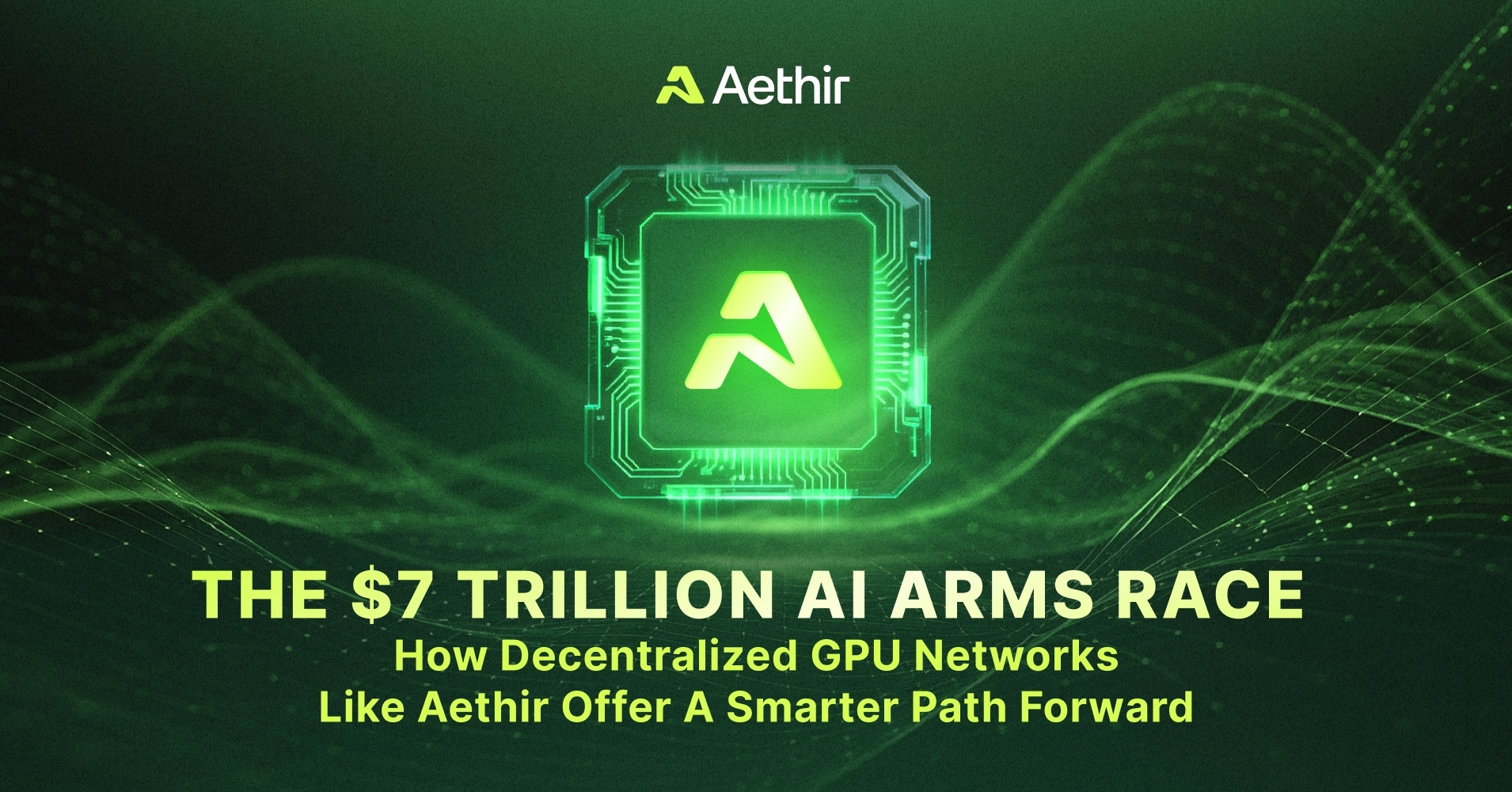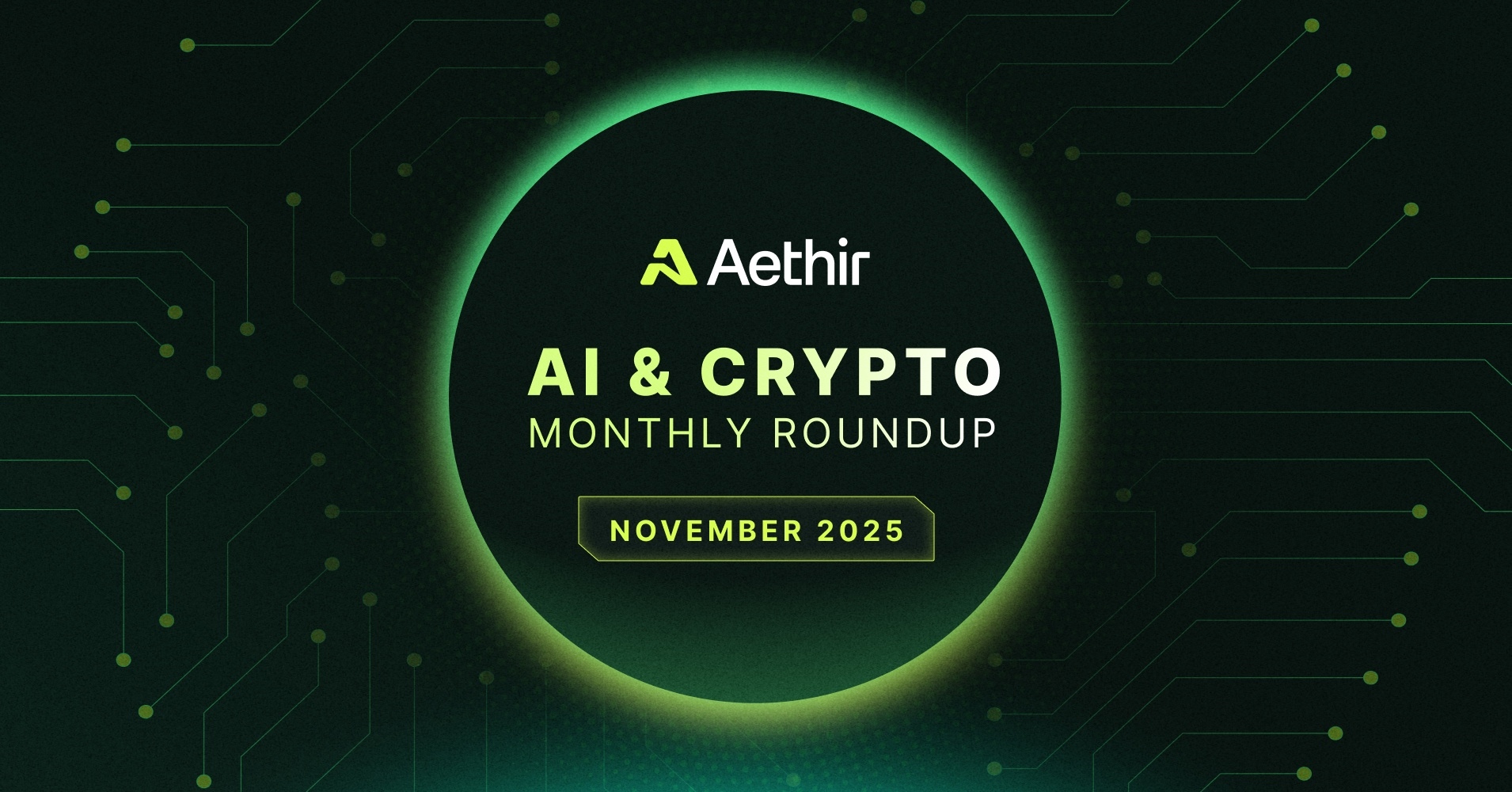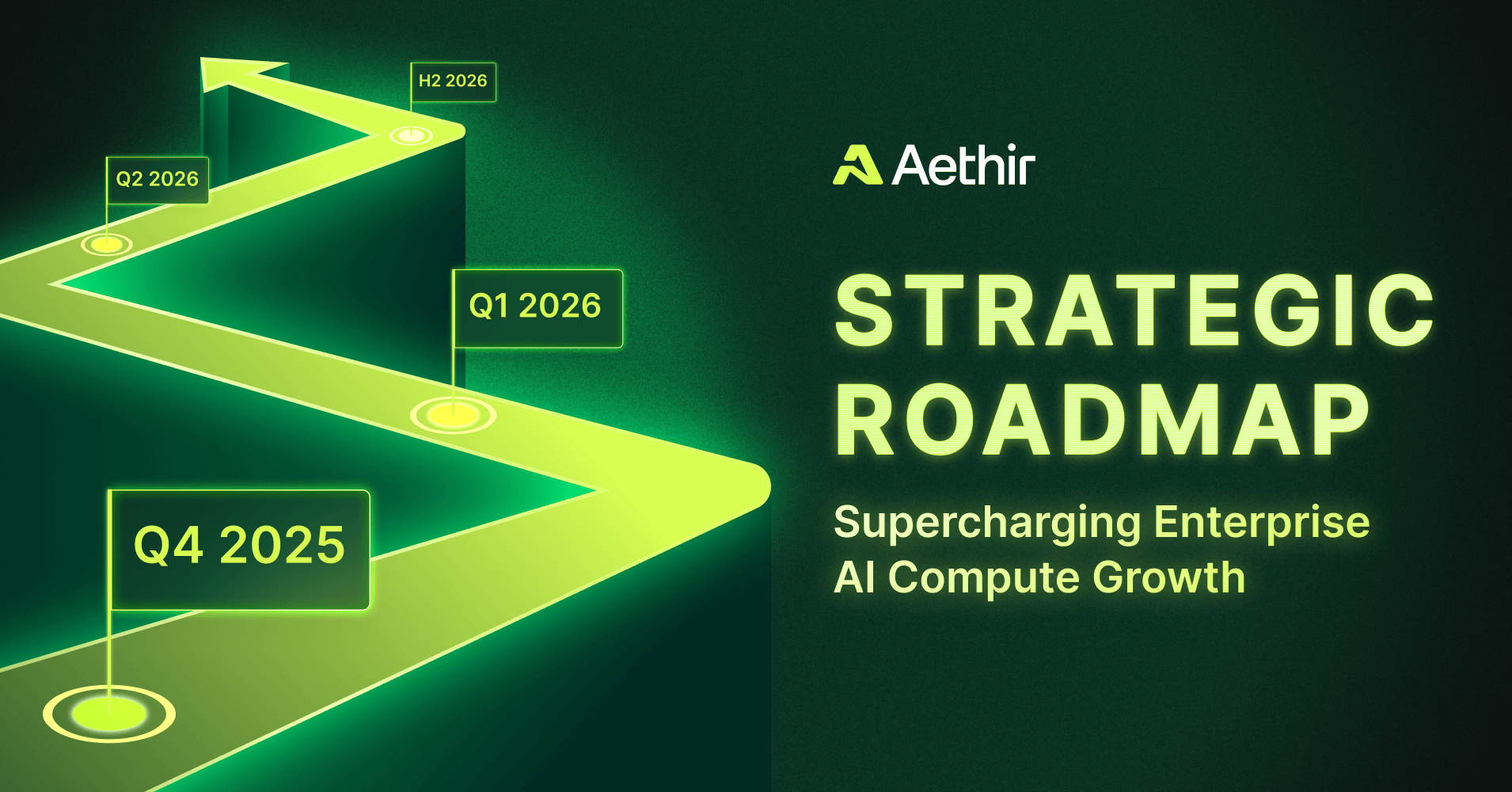Recently, thousands of enterprises learned why building distributed Strategic Compute Reserves isn't optional. A critical outage in Amazon Web Services' US-EAST-1 region cascaded globally, bringing down Coinbase, Fortnite, Snapchat, Disney+, Delta Air Lines, and United Airlines. For hours, organizations with consolidated infrastructure had no failover, no alternative, and no control.
But the real lesson isn't about AWS. It's about the danger of betting your AI future on a single provider.
Many enterprises that didn't experience the recent outage weren't the biggest ones or the ones with the most compute capacity. They were the ones relying on diversified infrastructure distributed across multiple independent providers. When one region failed, its workloads kept running elsewhere. This is what all enterprises need to secure. This is the future - resilient systems.
This is what securing AI's future actually means: building a more resilient system that survives what brought thousands of competitors to a standstill.
How Centralization Amplifies Scarcity and Risk
To understand yesterday's consequences, you need to understand how GPU scarcity drives the centralization trap and why Strategic Compute Reserves are the antidote.
GPU scarcity is real. IDC forecasts AI spending will reach $632 billion by 2028. NVIDIA H100s, H200s, and B200s are constrained. Enterprises compete fiercely for finite capacity. This scarcity creates pressure to consolidate.
Consolidation seems rational, but it's a trap. When GPUs are scarce, enterprises make a logical choice: consolidate everything into a single cloud provider. One vendor means simplified management, unified billing, familiar tooling, and locked-in pricing. It looks like efficiency.
But consolidation destroys resilience. It creates co-dependency where a failure in any part of the stack cascades everywhere. And because GPU supply is constrained elsewhere, there's no escape hatch if your primary provider fails.
Strategic Compute Reserves break this trap. By distributing your infrastructure across multiple independent providers and regions, you eliminate the single point of failure. GPU scarcity no longer forces you into consolidation. You maintain the ability to scale, diversify, and most importantly, keep running when any single provider goes down.
This is why enterprises with Strategic Compute Reserves kept operating while thousands with consolidated infrastructure went dark.
The Real Cost of the Recent Outage for AI Enterprises
For enterprises without distributed systems, the recent outage created measurable disruptions. For enterprises relying on other single points of failure systems, they will face similar problems to those experienced yesterday:
Training pipelines froze. For enterprises without reserves, running large-scale training on centralized infrastructure represented a direct compute loss.
Inference went offline. AI applications serving customers went dark. For enterprises monetizing AI services but lacking distributed reserves, each hour of downtime was a lost revenue opportunity.
Time-to-market extended. Teams waiting to deploy new models or test architectures faced delays. In AI, competitive timing matters. These delays impact market position.
Cascading costs accumulated. Direct cost of lost compute availability. Engineering teams diverted from productive work to emergency response. Customer support burden. Remediation work. Customer trust erosion.
But for enterprises with Strategic Compute Reserves, the outage looked completely different. While thousands of competitors went dark, their workloads kept running. Their training continued. Their inference stayed online. Their revenue-generating AI services were never interrupted.
This is the competitive advantage of building a more resilient system before you need it.
Why Traditional SLAs Don't Protect You
Enterprises with AWS contracts have SLAs. Typically 99.9% uptime, which sounds strong, only 43 minutes of downtime per month. The recent outage may have lasted only 4-8 hours in the most impacted regions, which technically fits within 99.9% availability.
This is why traditional cloud SLAs are insufficient protection against the kind of failures that happened yesterday.
Enterprises need to build in their own options to run systems on multiple platforms to ensure consistent availability and uptime. This means not relying on one vendor. It means diversifying locations and hardware to ensure reliability and consistency.
Distributed Strategic Compute Reserves: Building Resilient AI Infrastructure
Distributed Strategic Compute Reserves like Aethir’s Digital Asset Treasury, are built specifically to provide the resilience that protected some enterprises recently while thousands of others went dark.
Distributed Strategic Compute Reserves do not rely on one provider. Rather, they connect with independent providers and regions. Rather than consolidating resources into one centralized cloud provider, this diversified approach ensures that infrastructure failures at any single provider don't become failures for your business.
Here's how Strategic Compute Reserves build a more resilient system:
Distributed infrastructure eliminates single points of failure. Aethir maintains over 435,000 GPU compute nodes across 200+ global locations. If any single provider or region experiences issues like AWS recently, workloads can be distributed to healthy infrastructure elsewhere. Your training continues. Your inference stays online. Your business keeps operating.
Rapid scaling without lock-in preserves your resilience options. GPU clusters scale to 4,096 H100s, H200s, or B200s deployable in 6 weeks. You can scale rapidly without binding yourself to proprietary infrastructure. You maintain the flexibility to diversify across providers, which is the foundation of resilience.
100% uptime commitments backed by real incentives. Infrastructure providers stake collateral to back their uptime guarantees. Violations result in penalties. This creates genuine economic consequences for failures, giving you protection that traditional cloud SLAs don't provide.
This is how you build a more resilient system. Not by hoping a single provider never fails. But by ensuring that if any provider does fail, your AI infrastructure keeps running.
Securing AI's Future: Building Resilience in a GPU-Constrained World
The recent outage revealed a critical truth: in a GPU-constrained world, scarcity drives consolidation, and consolidation creates catastrophic vulnerability.
The enterprises that will secure AI's future and maintain consistent performance when competitors go dark are the ones building Strategic Compute Reserves now. They understand that the real constraint isn't just GPU availability. It's the architectural risk created when scarcity forces consolidation into a single centralized provider.
GPU scarcity is a structural reality. But it doesn't have to drive you into a corner where one outage becomes an existential threat.
Distribute Strategic Compute Reserves change that equation by building resilience into your infrastructure. They solve GPU scarcity not by adding more capacity to centralized providers, but by providing more options to distribute workloads across independent infrastructure operators. They secure your AI future by ensuring that infrastructure failures at any single provider don't become failures for your business.
The conversation among infrastructure leaders is shifting from "How do we compete for scarce GPU capacity?" to "How do we build more resilient systems so our AI infrastructure never fails?"
Strategic Compute Reserves answer that question directly.
The enterprises winning in the GPU-constrained world aren't those with the most compute. They're the ones who understood that resilience requires diversity, who built Strategic Compute Reserves before they needed them, and who kept running when thousands of competitors went dark yesterday.
The question for your organization is: are you going to build resilience before your crisis, or learn this lesson the hard way?
Distributed Strategic Compute Reserves exist precisely so you never have to find out.






